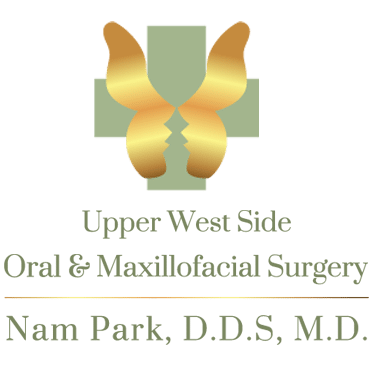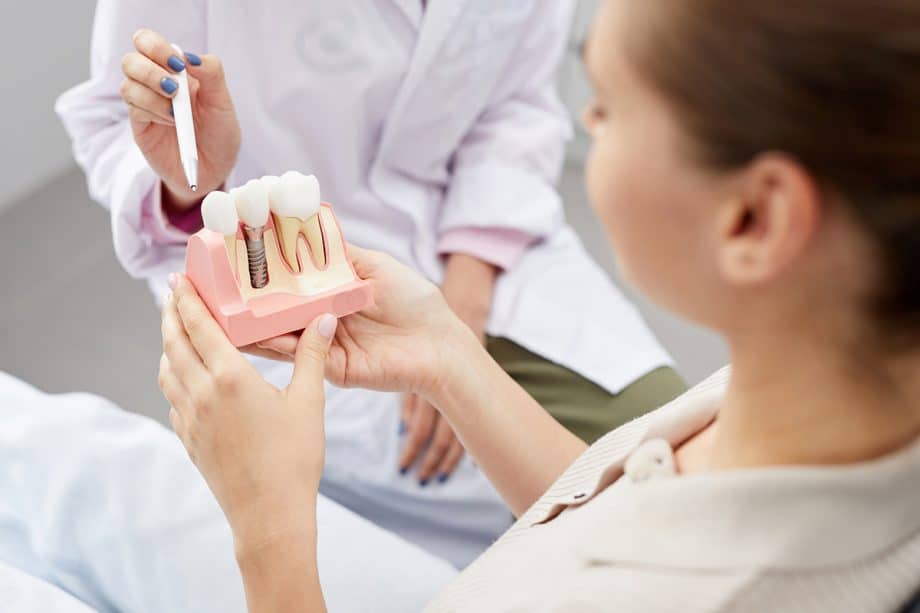Orthognathic surgery, also known as corrective jaw surgery, is a specialized procedure designed to address and correct abnormalities of the facial bones, specifically the jaws and teeth. While many people seek orthodontic treatment like braces to straighten their teeth, some issues cannot be resolved with orthodontics alone. These issues often relate to the underlying jaw structure. When the upper and lower jaws do not meet correctly, it can lead to a range of functional problems affecting chewing, speaking, and breathing.
This type of surgery is a significant step, but it offers transformative results that go far beyond just aesthetics. By realigning the jaw, orthognathic surgery can dramatically improve a patient's quality of life. The procedure combines the expertise of an oral and maxillofacial surgeon with that of an orthodontist to ensure that the teeth are positioned correctly once the jaws are properly aligned. It is a carefully planned process aimed at creating a more balanced, functional, and healthy bite.
Enhancing Chewing, Speaking, and Breathing
One of the primary benefits of orthognathic surgery is the significant improvement in essential daily functions. A misaligned jaw can make it difficult to chew food properly, leading to digestive issues and inadequate nutrition. By correcting the bite, the surgery allows you to chew more efficiently and comfortably. This alignment also relieves the strain on your jaw muscles, which can reduce chronic pain and discomfort associated with temporomandibular joint (TMJ) disorders.
Furthermore, jaw position has a direct impact on your airway and speech. A recessed lower jaw, for example, can narrow the airway and contribute to problems like obstructive sleep apnea, a condition that disrupts breathing during sleep. Corrective jaw surgery can open up the airway, leading to better sleep and improved overall health. It can also resolve speech impediments that are caused by improper jaw and tooth alignment, allowing for clearer and more confident communication.
Achieving Facial Harmony and a Balanced Profile
While the functional benefits are paramount, orthognathic surgery also provides remarkable aesthetic improvements. The position of your jaws is a fundamental component of your facial structure. An imbalance, such as an overbite, underbite, or open bite, can affect the overall harmony and symmetry of your face. For many individuals, this can be a source of self-consciousness that impacts their personal and professional lives.
By surgically repositioning the jaws, we can create a more balanced and proportional facial profile. This procedure can correct issues like a protruding lower jaw or a "weak" chin, resulting in a smile and facial appearance that are in harmony. The goal is to produce results that look natural and complement your unique facial features. The newfound confidence that comes from being happy with your appearance is often one of the most rewarding outcomes for our patients.
Providing a Long-Term Solution for Dental Health
Corrective jaw surgery offers a lasting solution to complex dental problems that orthodontics cannot fix alone. When teeth do not fit together properly due to skeletal issues, it can lead to excessive and uneven wear on the tooth surfaces. This can cause teeth to chip, break, or wear down prematurely over time, requiring extensive dental work in the future.
By creating a stable foundation for the teeth, orthognathic surgery helps protect your long-term dental health. A proper bite distributes chewing forces evenly across all your teeth, reducing the risk of future dental trauma and preserving your natural smile. This surgical correction, combined with orthodontic treatment, ensures that your teeth and jaws work together in unison, promoting better oral hygiene and a healthier mouth for years to come.
Your Path to a Healthier Smile
Orthognathic surgery is a comprehensive treatment that addresses both the function and appearance of your bite and facial structure. By correcting jaw misalignments, it can relieve chronic pain, improve breathing and speech, and create a balanced facial profile. The procedure is a collaboration between your surgeon and orthodontist, designed to deliver a stable, healthy, and beautiful smile that lasts a lifetime. For those with significant jaw-related issues, it offers a transformative solution that improves overall well-being.
Frequently Asked Questions About Orthognathic Surgery
Who is a good candidate for orthognathic surgery?
A good candidate for orthognathic surgery is typically someone whose jaw-related issues cannot be resolved with orthodontics alone. This includes adults with a fully developed facial structure who experience problems such as difficulty chewing or biting, chronic jaw pain (TMJ), an unbalanced facial appearance, or breathing issues like sleep apnea due to jaw misalignments (e.g., severe underbite or overbite). A thorough evaluation by an oral and maxillofacial surgeon is necessary to determine if the procedure is the right course of action.
What does the recovery process involve?
The initial recovery period for orthognathic surgery typically lasts about 2 to 4 weeks, during which you will need to rest and follow a modified diet, starting with liquids and gradually advancing to soft foods. Swelling is most significant in the first week and slowly subsides over the following weeks. Most patients can return to work or school within 2 to 4 weeks, depending on the nature of their activities. Full healing of the jawbones takes several months, and orthodontic treatment is usually completed after surgery to fine-tune the bite.
At Upper West Side Oral & Maxillofacial Surgery, we are dedicated to providing the highest standard of surgical care with expertise and compassion. We serve patients in a state-of-the-art facility, ensuring every individual feels informed and confident in their treatment. To learn more or to schedule a consultation, please contact us.


